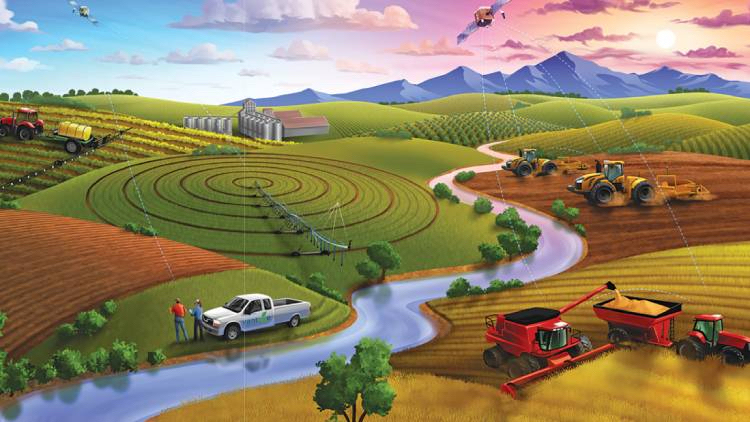
05 Mar Precision Agriculture in the Sele Plain: Optimizing Production, Reducing Waste
The Sele Plain is a fertile and resource-rich area whereprecision agriculture is transforming farming practices. Through advanced technologies such as drones, sensors and satellite imagery, producers can optimize resource management, reduce waste and improve crop quality, making agriculture more efficient and sustainable.
What is Precision Agriculture?
Precision agriculture is a set of techniques and technologies that enable detailed monitoring and management of crops. Producers in the Sele Plain are using tools such as moisture sensors and smart irrigation systems to control water, fertilizer and nutrient inputs, reducing consumption and improving yields.
Drones and Satellite Imaging: Monitoring Crops.
One of the innovative aspects is the use of drones and satellite imagery to monitor crops in real time. These tools make it possible to:
- Quickly identify areas with nutritional deficiencies;
- Detect pest infestations;
- Detect abnormalities in the soil and take precise action.
These technologies help prevent damage and optimize resources, improving the quality of leafy vegetables grown in the area.
Waste Reduction and Environmental Sustainability.
The Sele Plain stands out for its commitment to environmental sustainability. Through precision farming, producers reduce water consumption and the use of chemical fertilizers, minimizing environmental impact and helping to protect the land. Drip irrigation systems and moisture sensors allow water to be used only where needed, avoiding waste.
Economic Benefits and Opportunities for the Sele Plain.
In addition to improving crop quality and yields, precision agriculture offers cost-saving opportunities for local producers. By reducing resource use and improving efficiency, the entire process becomes more economically sustainable. In addition, the adoption of advanced techniques makes local agriculture more competitive and capable of meeting market needs.
Conclusion
Precision agriculture is changing the face of the Sele Plain, improving crop yields and reducing environmental impact. Through the use of innovative technologies, this region is able to maintain its agricultural tradition while meeting the challenges of sustainability and modernity.
